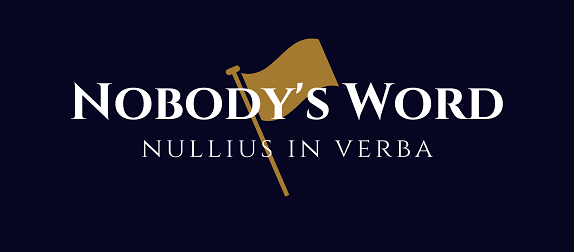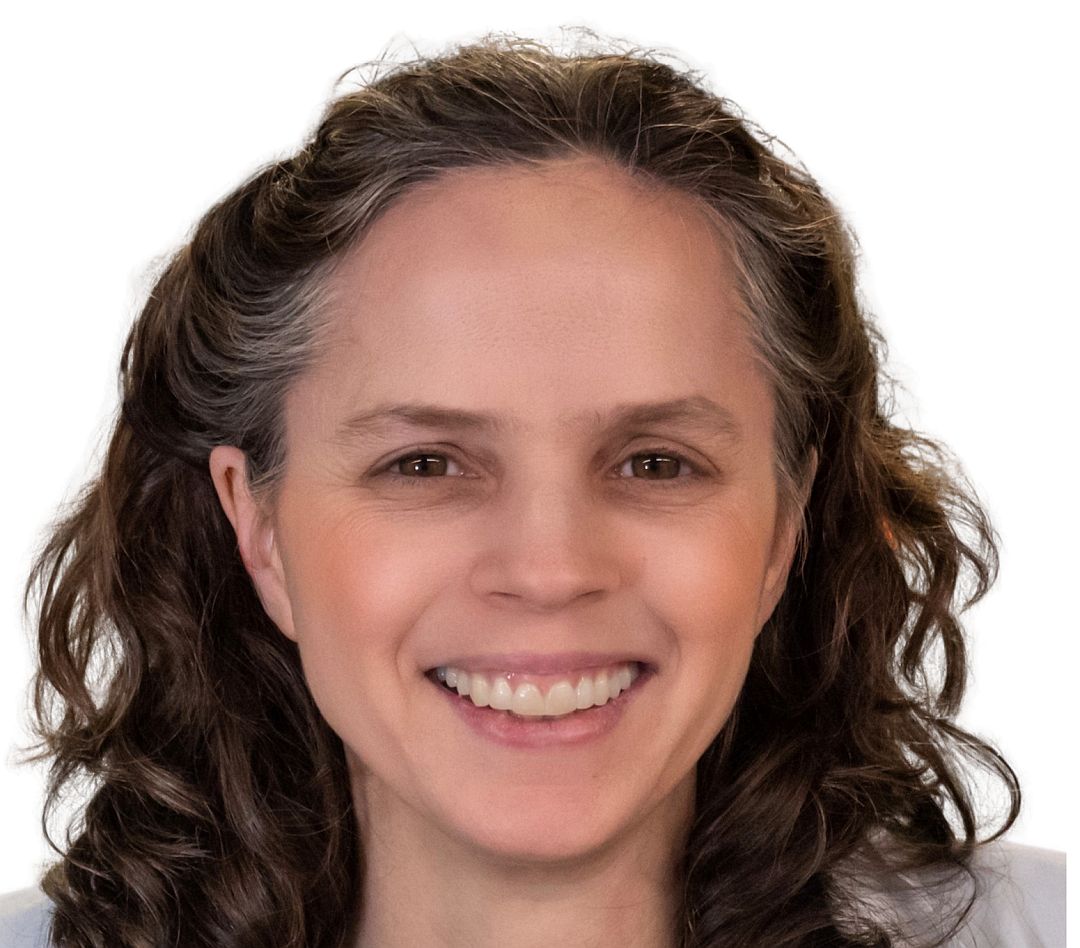Hawaii-based startup Symbrosia is edging closer to commercialization in the US with its ‘SeaGraze’ red seaweed based feed supplements for livestock methane reduction in beef cattle after submitting an environmental impact assessment (EIA) to the FDA.
The firm, which was founded by Alexia Akbay in 2018, has also secured offtake agreements for 88% of the output of a new 15-acre facility in Kona, Hawaii, which it plans to start constructing early next year.
The EIA will be followed by further regulatory submissions in the coming months, Akbay, who hopes to get the green light to sell SeaGraze in the US by mid-2026 should everything go to plan, making Symbrosia the first seaweed-based firm to secure regulatory approval in the US for livestock methane reduction.
While attempts are underway to update the system, she said, the current US regulatory framework for animal feed is “is a bit outdated”—something that the FDA has itself acknowledged. As there is not yet a mechanism for regulating feed additives such as SeaGraze “that have a technical effect beyond nutrition” through impacting animals’ gastrointestinal tract, they are classified as drugs.
“This means that we trigger the new animal drug application process,” explained Akbay.
“However, we’re working with the FDA to go through the same process as Bovaer [a feed supplement developed by DSM-Firmenich and commercialized in the US by partner Elanco initially for dairy cattle], which the FDA’s Center for Veterinary Medicine chose not to enforce as a traditional drug. So they have laid out a clear regulatory pathway for our oil-based product for beef cattle.”
The environmental impact assessment is intended to show that the seaweed does not cause damage to the environment, while subsequent submissions will show that it does not harm the animals consuming it, she said. “There will probably be multiple smaller submissions this year with the final submission being in Q1 2026.”
15-acre site in the works to cater for 1 million cows
A potent greenhouse gas, methane is generated on farms both from manure and burping ruminants such as cows and sheep in a stomach compartment called the rumen. Here, microbes break down complex carbs to produce carbon dioxide and hydrogen, which are then converted into methane by another set of microbes and belched out.
Approaches to tackling the problem vary, with startups and academics exploring everything from vaccines to breeding animals that produce less methane, to editing the genes of the microbes in the rumen.
While some of these approaches may take years to hit the market, several feed supplements that interfere with the production of methane in ruminants are already commercially available, although questions remain over who will ultimately foot the bill: farmers, processors, or consumers?
Symbrosia—which makes an oil-based supplement and a dried product using a low-energy drying technique—has a two-phase process for growing Asparagopsis red seaweed, starting with photobioreactors and ending in large open ponds (see video above).
It can currently provide feed for up to 3,000 head of cattle at a time from its facilities in Kona, Hawaii, but expects to be able to supply around 7,000 by the year end, said Akbay, who has raised about $14 million in equity and non-dilutive funding to date. “We’re currently permitting a larger 15-acre facility on the same site that will be able to cater for 1 million head of cattle.”
Offtake agreements
According to Akbay, 88% of production from the new site has already been locked in via offtake agreements.
“Symbrosia plans to finance the new production facility using government-guaranteed debt, in alignment with the USDA’s BioPreffered initiatives and we’re waiting for the permit to start building around March 2026,” she explained. “Our main off-taker is the Iowa beef feed lot Cattlemen’s Heritage, which has committed to supplementing 250,000 head of beef cattle. We’ve also been working to expand out footprint with Parker Ranch in Hawaii, which has been using our product for a little over a year and a half.
“And now that we’ve received clarification from the US on the regulatory pathway forward, we’ve also started sales and distribution efforts in the European Union and Australia in alignment with the existing regulatory pathways for Asparagopsis products in these regions.”
In the EU, she said, Asparagopsis taxiformis is currently recognized as a feed material in its dried form without claims. “Symbrosia, like any company in this space, can sell within this framework. However, individual regulatory submissions would be required for any additional claims or product distinctions beyond this scope.
“In Australia, both dry and oil formulations of Asparagopsis are approved for use with claims under established regulatory pathways. Symbrosia has structured its product offerings in accordance with these approvals and continues to ensure compliance with regional requirements.”
While the Asparagopsis industry as a whole has access to these markets under existing guidelines, specific approvals, registrations, or submissions may still be necessary depending on the formulation, intended use, and marketing claims, she stressed.
How FutureFeed licensees compare
Symbrosia is one of several startups including SeaStock, Sea Forest, and CH4 Global [an AgFunder portfolio co] to secure a license from Australian firm FutureFeed to grow Asparagopsis for livestock methane reduction.
However, they are not all using the same protocols or systems, and their end products vary in format (dried seaweed, oil-based products etc), protein levels, and levels of bromoform (one of the key ingredients in Asparagopsis that interferes with methane production in ruminants), noted Akbay.
“I think from a COGS [cost of goods sold] perspective, things vary dramatically, plus the concentrations of the main compositional elements in the [final] products are not standard, so the inclusion rates in feed will be different as well. We’ve shown we’re at breakeven even at a small scale.”
She added: “I think that there will be a variety of growing systems, but really it’s the underlying trade secrets that you don’t necessarily see that will be important in the growing technologies and the supplemental tech that has been developed to improve the success of the ponds.”
ROI for farmers
As for the ROI for farmers, it will vary, said Akbay. A beef producer that goes directly to market with a product should be able to recoup the cost through greater productivity, and then make a profit on top of that through charging a price premium or/and generating carbon credits, she claimed.
“SeaGraze has a positive ROI for beef producers of at least 125% and in some cases up to 240% depending on the operation.”
Source link
Author Elaine Watson




